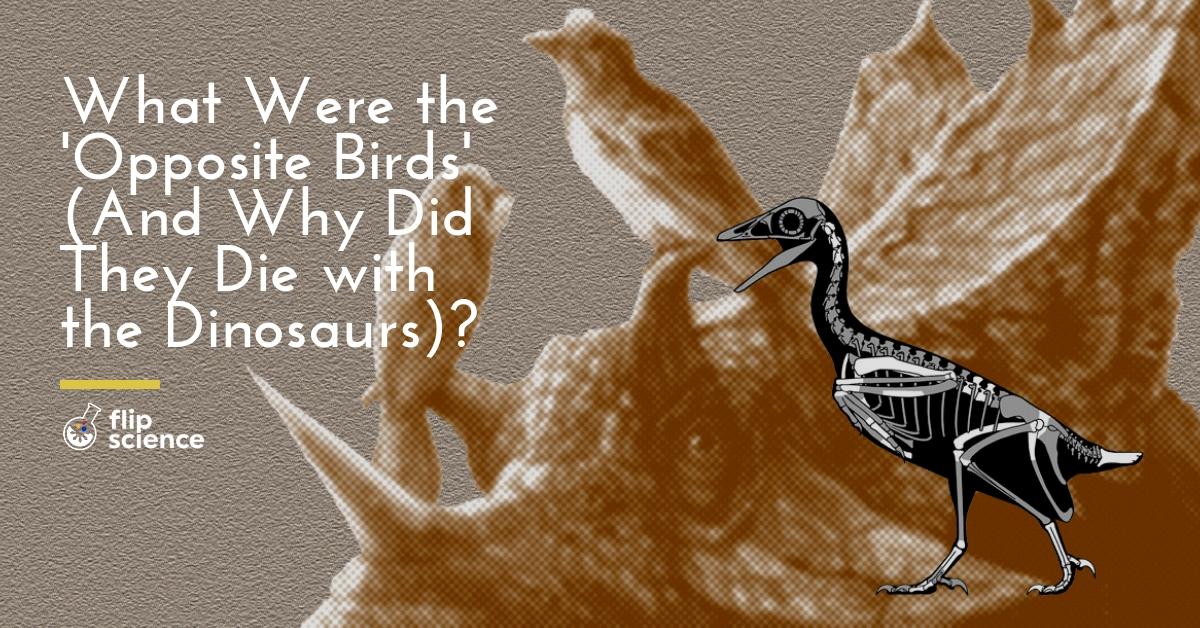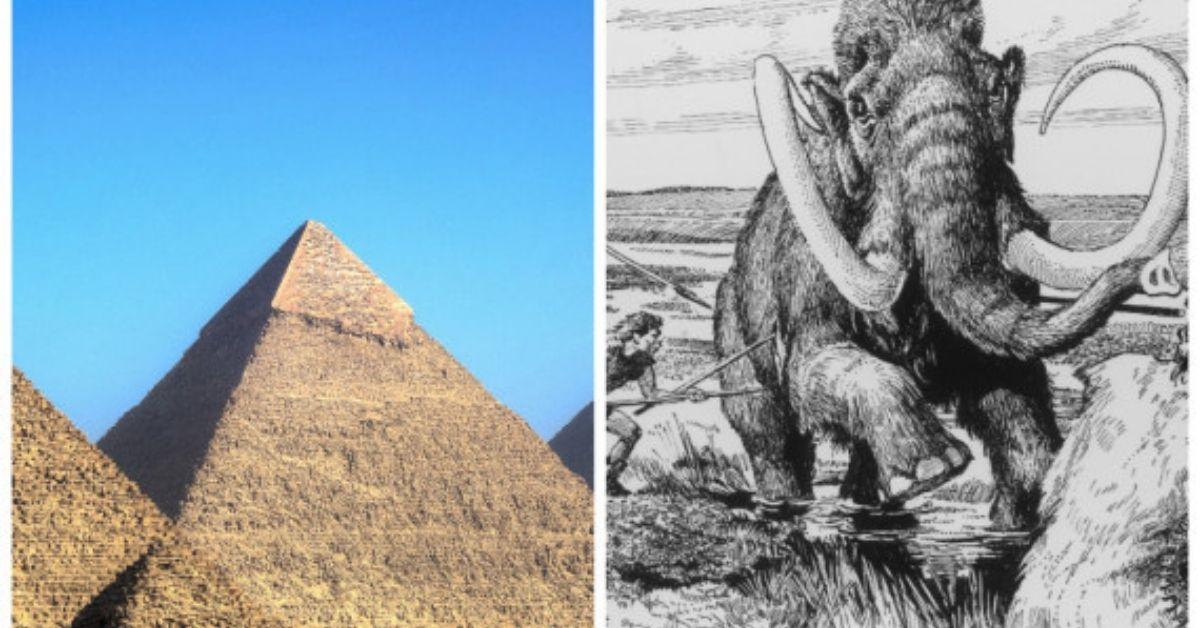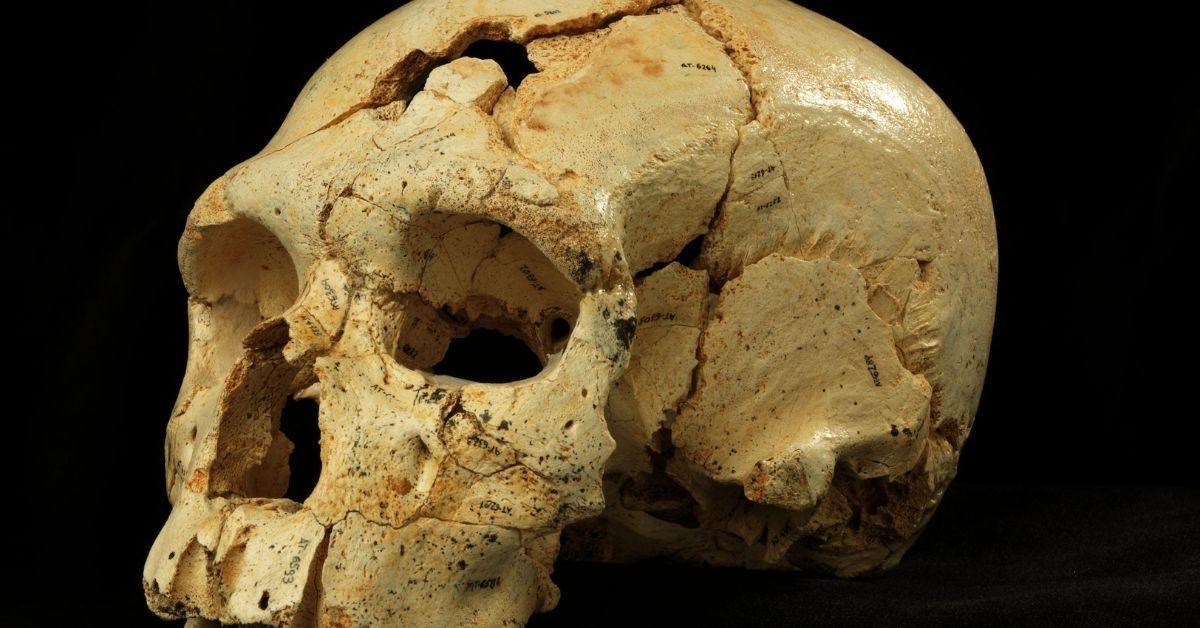Fossils of the 75-million-year-old Mirarce eatoni reveal that it was as well-adapted for flight as today’s birds. But why did it and the rest of the enantiornithines — the so-called ‘opposite birds’ — die out alongside the dinosaurs?
Picture yourself as a paleontologist out for a quiet walk. You stumble upon a weird fossil; you recognize it as an enantiornithine (or ‘opposite bird’), a rare bird-like creature from the time of the dinosaurs. After digging, you realize that there’s enough of the animal to do a decent analysis. You prepare the fossils and send them to a museum for studying and safekeeping… only for the fossils to sit on the shelves, seemingly unnoticed, for more than a decade.
That’s precisely what happened to the fossils discovered by paleontologist Howard Hutchison in the Grand Staircase-Escalante area of Utah in 1992. Despite being a notable find for the paleontological community, the fossils sat relatively undisturbed at the University of California Museum of Paleontology in Berkeley for a whopping 17 years.
This turned out to be a lucky break for Western University of Health Sciences doctoral student Jessie Atterholt, who began studying the fossils with Hutchison and enantiornithine expert Jingmai O’Conner in 2009.
Interestingly, what they found ended up compounding a 65-million-year-old mystery.

Artist’s interpretation of Mirarce eatoni’s partial skeleton. Image: Scott Hartman
Opposite birds: Almost there, but not quite
We know that modern-day birds evolved from feathered theropods, the group of dinosaurs under which bipedal carnivores dinosaurs such as Tyrannosaurus rex and Velociraptor mongoliensis are classified. Scientists traced their evolutionary path to as far back as 150 million years ago, further diversifying in the Cretaceous period.
While almost all of the dinosaurs were wiped out, only one family — the ancestors of today’s birds — survived.
To this day, this continues to baffle the scientific community — and Atterholt’s findings added a few more interesting, albeit confusing, pieces to the puzzle.
“This particular bird, named Mirarce eatoni, is about 75 million years old — about 10 million years before the die-off,” shared Atterholt. Roughly the size of a turkey vulture, it was one of the largest North American birds of its time.
They derived Mirarce (meer-ark-ee) from the Latin word mirus (“wonderful”) and Arce, the messenger of the Titans in Greek mythology. Meanwhile, eatoni came from paleontologist Jeffrey Eaton, who spent years working at the site where Hutchison found the fossils.
According to Atterholt, opposite birds were abundant throughout the Cretaceous, across 100 million years or so. “We find their fossils on every continent, all over the world, and their fossils are very, very common, in a lot of areas more common than the group that led to modern birds.”
While opposite birds were capable of flying, paleontologists believe that they weren’t as good at it as modern birds are.

A pair of Mirarce eatoni are perched on the horns of a Utahceratops gettyi. Image: Brian Engh
A Mesozoic mystery
However, the existence of Mirarce changes everything.
For starters, it had a more V-shaped wishbone, as opposed to the U-shaped wishbones of avian ancestors. This suggests that Mirarce could flap its arms with enough strength and energy to fly. Additionally, its breast bone had a deep keel, where large flight muscles could have been attached. It also had quill knobs on its forearms. In modern birds, quill knobs serve as anchors for wing feathers, reinforcing them for flight.
These led Atterholt and her co-researchers to conclude that Mirarce was strong enough to fly by flapping its wings, perhaps even over long distances. “What this new fossil shows is that enantiornithines, though totally separate from modern birds, evolved some of the same adaptations for highly refined, advanced flight styles.”
If that’s the case, then why did opposite birds go extinct?
One theory is that opposite birds primarily lived in the forests that burned down during the massive Cretaceous extinction event. For Atterholt, this is the best hypothesis so far. Nevertheless, she stressed the need for further, deeper studies of enantiornithine ecology.
Interestingly, if Mirarce were alive today, it would probably pass for an ordinary bird at first glance. However, it would have had teeth, as well as claws on its wings. Ever been chased by a chicken? Imagine how terrifying a modern-day Mirarce would be.
Cover photo: M. eatoni skeleton by Scott Hartman; M. eatoni/Utahceratops gettyi by Brian Engh
References
- http://www.sci-news.com/paleontology/mirarce-eatoni-enantiornithine-strong-flier-06602.html
- https://cosmosmagazine.com/palaeontology/mystery-surrounding-extinct-opposite-birds-deepens
- https://peerj.com/articles/5910/
- https://www.britannica.com/animal/hoatzin
- https://www.independent.co.uk/news/science/bird-extinction-fossil-skeleton-dinosaurs-flight-cretaceous-science-a8631371.html
- https://www.livescience.com/49109-bird-teeth-common-ancestor.html
- https://www.nationalgeographic.com/science/2018/11/new-dinosaur-era-bird-largest-north-america-fossils-paleontology/
- https://www.sciencedaily.com/releases/2018/11/181113080908.htm
Author: Mikael Angelo Francisco
Bitten by the science writing bug, Mikael has years of writing and editorial experience under his belt. As the editor-in-chief of FlipScience, Mikael has sworn to help make science more fun and interesting for geeky readers and casual audiences alike.







